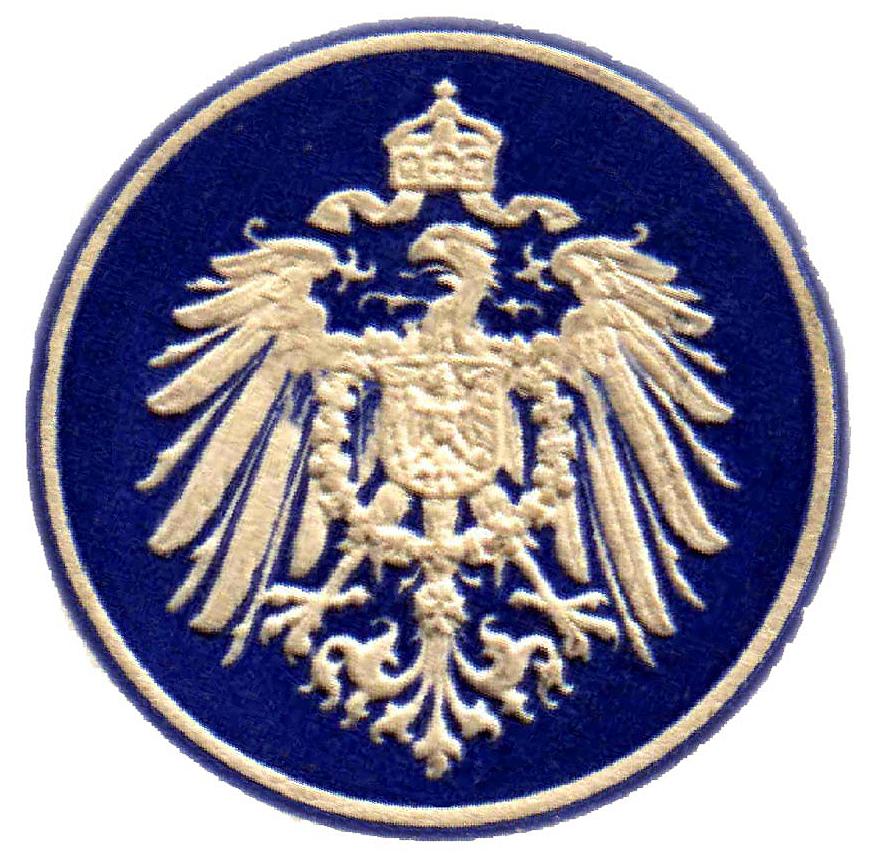

|

|
Postage Stamps used in the German Marshall Islands Cancel Forgeries of 1915 by Dirk H.R. Spennemann |
Soon after the loss of the German colonies in World War I, the market for German colonial stamps, and in particular used examples, increased dramatically. As a result, forged cancels started to appear as early as mid-1915. The falsified cancels bear the date 10.1.01 and were applied to all four Mark value stamps. According to the contemporary press, the forged cancels are recognisable by a slightly untidy arrangment of the letters, and also the fact that the impressions of the edges and curves of the letters are not crisp but washed out and often spotty. It was suggested that a rubber stamp was used. The colour of the cancel was deep-black, almost sooty in appearance. |
'Achtung vor falschgestempelten deutschen Kolonialmarken (Schiffsttype)! Illustriertes Briefmarken-Journal, vol. 42(12), 1915, p. 293. |
|
[Home Page] [Contents] [Cancels]Bibliographic citation for this documentSpennemann, Dirk H.R. (2002). Postage Stamps used in the German Marshall Islands. Cancels--Cancel Forgeries of 1915URL: http:/marshall.csu.edu.au/Marshalls/html/Stamps/CancelPix/Forged16.html CONTACT: Dirk H.R. Spennemann, Institute of Land, Water and Society, Charles Sturt University, P.O.Box 789, Albury NSW 2640, Australia. e-mail: dspennemann@csu.edu.au |
| select from the following... | ||||||
|
|
||||||
|
Digital Micronesia-An
Electronic
Library & Archive
is provided free of charge
as an advertising-free
information service
for the world community. It is being maintained by Dirk
HR Spennemann, Associate
Professor in Cultural
Heritage Management,Institute of Land, Water and Society and
School
of Environmental & Information Sciences, Charles
Sturt University,
Albury, Australia. The server
space and technical support are provided by Charles
Sturt University as part of its commitment
to regional engagement. Environmental
SciencesInformation
Sciences
|
||||||